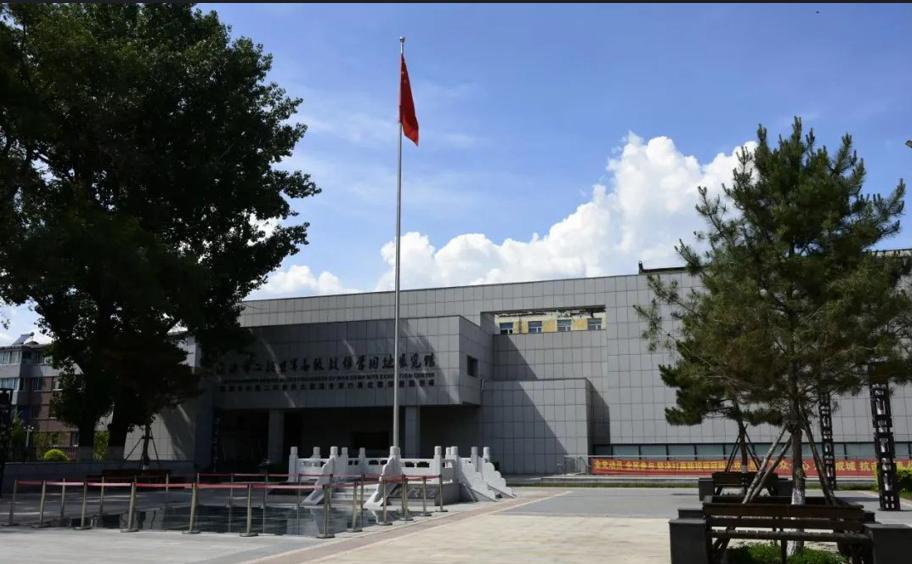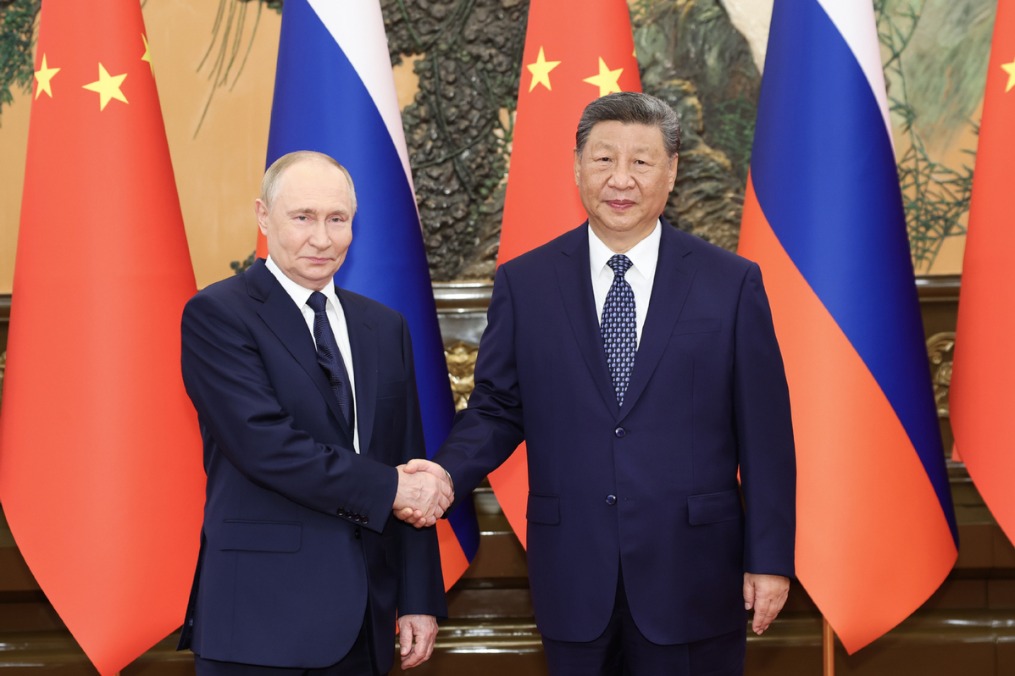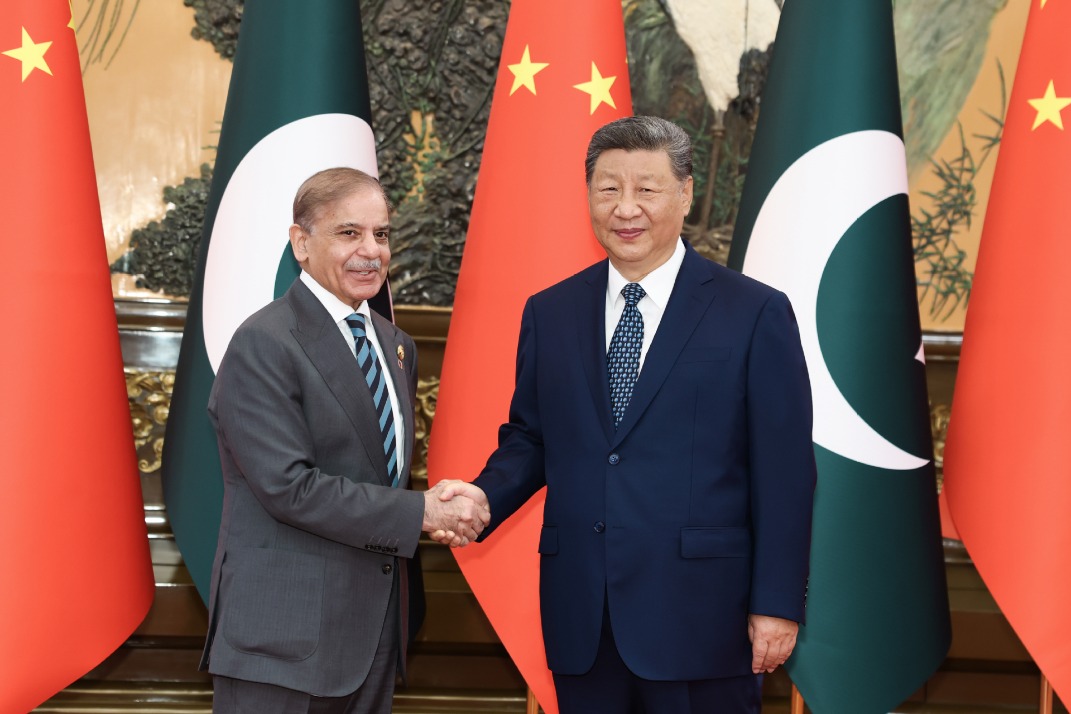Wartime POW camp in Jilin tells harrowing story


When a truck carrying some rescued prisoners of war got stuck in the mud after a heavy rain, a dozen Chinese farmers came to help get it rolling again and provided food.
Among the soldiers — many of them officers — was General Jonathan Wainwright, the highest-ranking American to have been captured by the Japanese and the commander of Allied forces in the Philippines in World War II. Wainwright offered the farmers money in gratitude, but they politely refused.
The general later recalled in his memoirs: "Without the help of these Chinese farmers, I wouldn't have made it back to America."
Many of the surviving POWs never forgot those dark days in China, nor did they forget the precious help they received from the people of Jilin province.
Before being rescued, Wainwright and others had been held at the Japanese Army's Fengtian Second POW Camp in Liaoyuan, Jilin. The wartime prison camp has now been transformed into an exhibition center that tells the story. It is open to visitors from home and abroad.
It was one of 104 POW camps set up by the Japanese during the war, and held 34 prisoners from places including the United States, United Kingdom, the Netherlands and Hong Kong from December 1944 until the end of the war in August 1945. The group included five lieutenant generals, four major generals, seven regional governors and 18 orderlies.
A list of POWs is on display at the center, with each name corresponding to episodes of forced labor and inhumane treatment.
"To hide their crimes, the Japanese destroyed a large amount of evidence before surrendering, leaving this history hidden for more than 60 years," the exhibition interpreter said.
Visitors can still glimpse the tightly monitored life of the POWs in the remnants of barracks foundations and guard tower ruins. In a display cabinet, more than 400 artifacts are displayed, including Wainwright's blanket and a British Army water bottle.
"The Japanese chose the site in Xi'an county (now Liaoyuan) for its geography," said Wang Yonggang, the center's director. "It was not far from the cities of Siping and Changchun in Jilin, and Shenyang in Liaoning province. Surrounded by mountains, it was difficult to access, making it easier to control and prevent rescue attempts."
The experiences of the senior officers imprisoned there are a microcosm of the brutal treatment POWs endured under the Japanese. Many veterans of the Allied forces have recounted, for example, how their daily rations were mixed with insects and gravel, and how only a small portion of the supplies sent by the Red Cross or their families ever reached them.
Hunger was constant. When Wainwright was rescued, he was extremely emaciated, weighing only 44.5 kilograms.
"The bowl of rice in the photograph was mixed with insects that had white bodies and black heads," the interpreter said while pointing to a display on the wall. "Initially, the POWs instinctively picked them out, but soon they realized their bodies were severely lacking protein. Therefore, they began to hope for more insects to eat — just to survive."
The POW camp remained hidden until a US rescue team landed in Shenyang by mistake the day after Japan's surrender. After being briefly detained by troops stationed there, they learned of the camp's location.
Prolonged captivity took a toll on the prisoners' spirits. Wainwright suffered from insomnia and felt guilt over his order to surrender the Philippines in 1942, which he believed led to the suffering of his comrades.
The American regarded him as a hero, and on Sept 2, 1945, he witnessed Japan's surrender in Tokyo Bay aboard the U.S. battleship Missouri, alongside British Lieutenant General Arthur Percival. He received one of the ceremonial signing pens from General Douglas MacArthur as a memento.
As a national model for patriotic education and a Red tourism site, the exhibition center has received more than 800,000 visitors to date, including more than 1,000 from overseas.
























